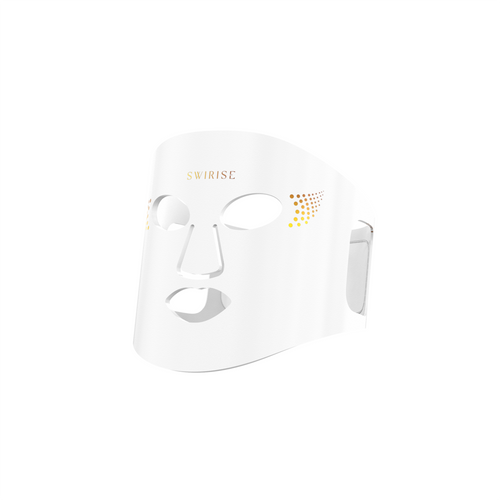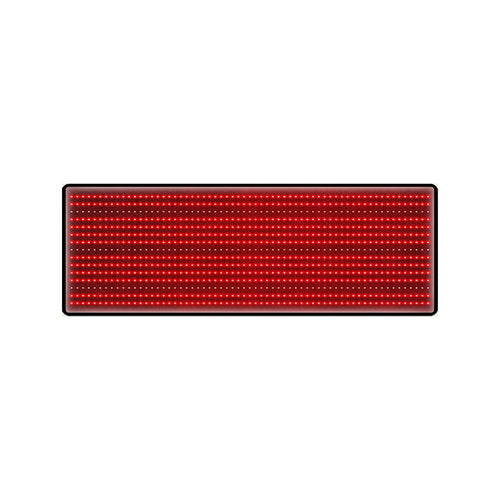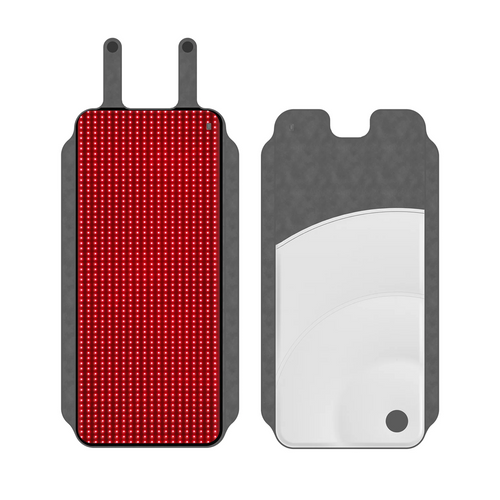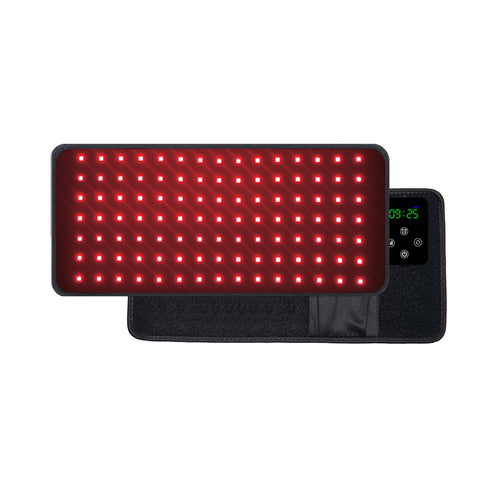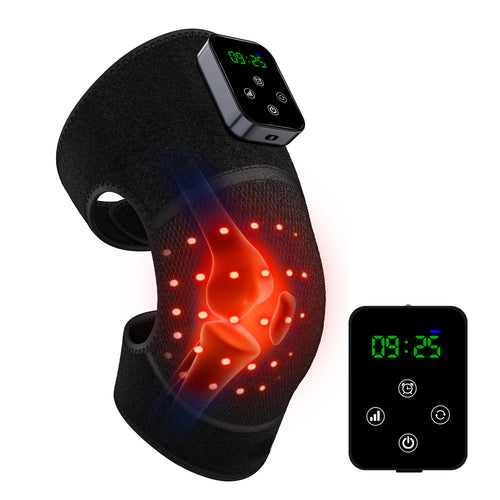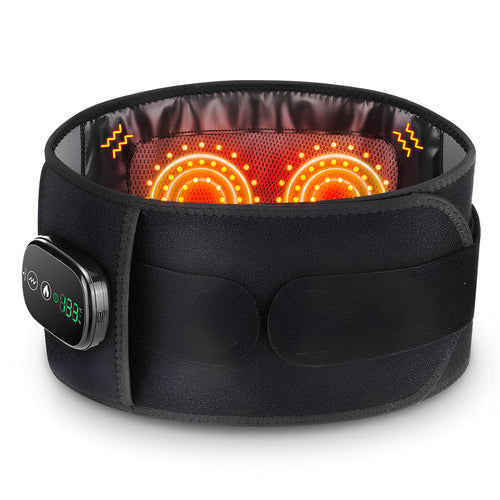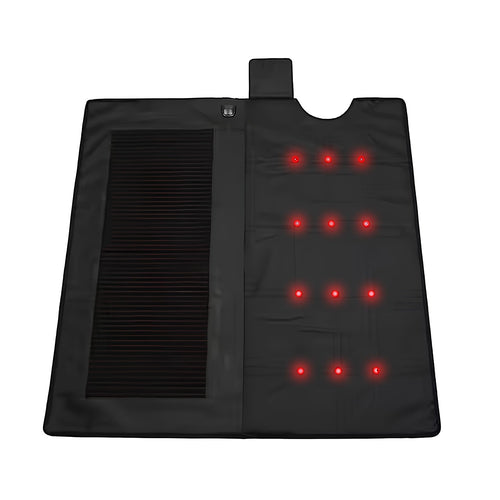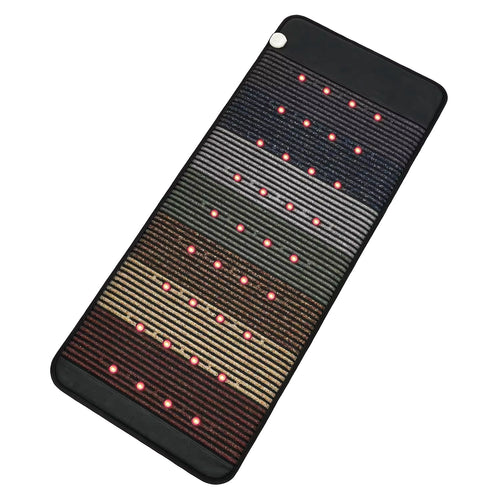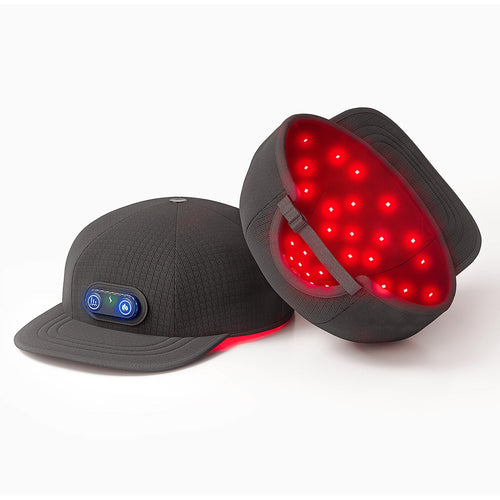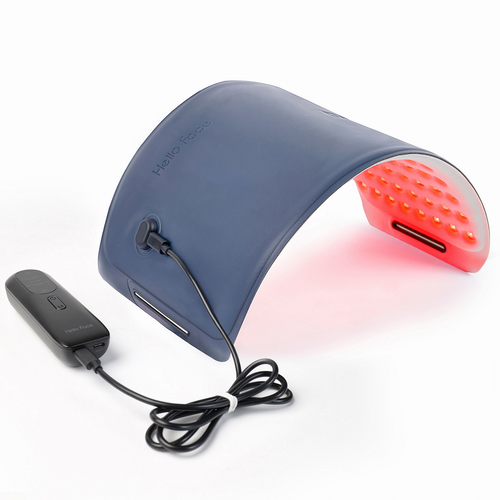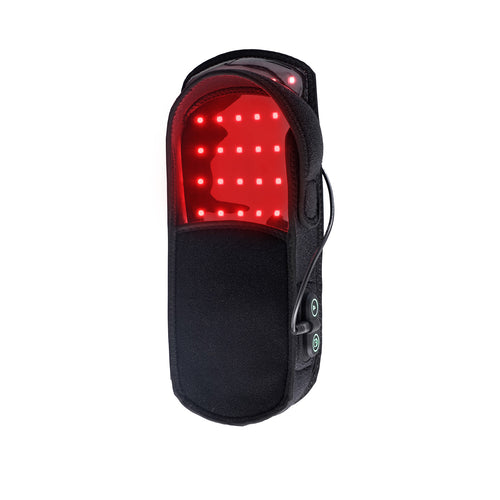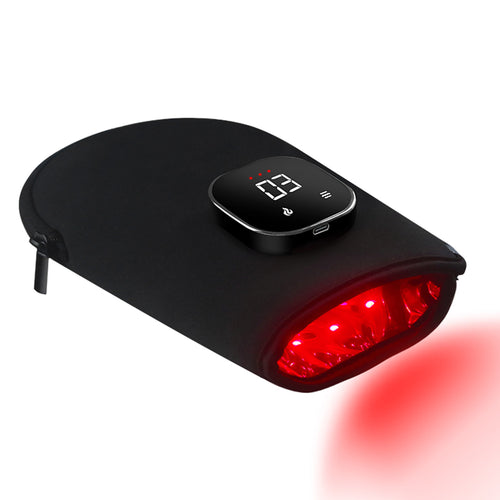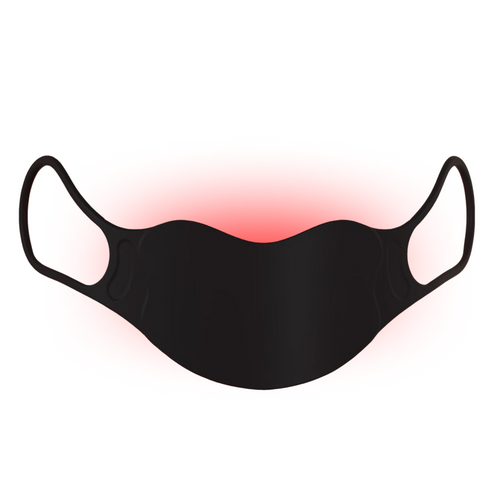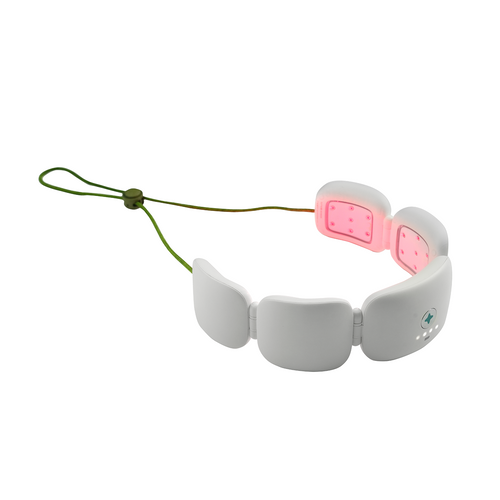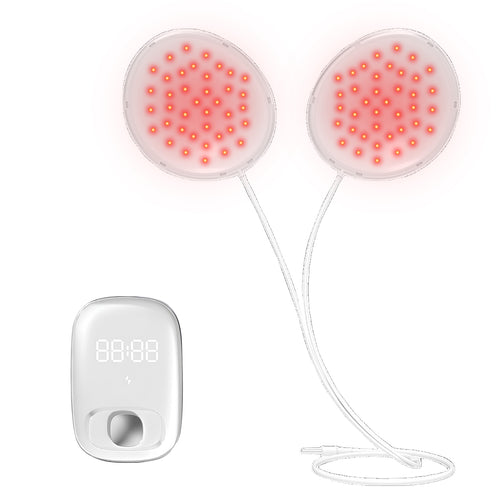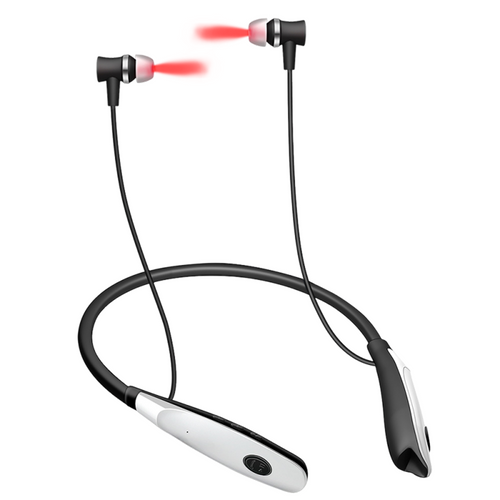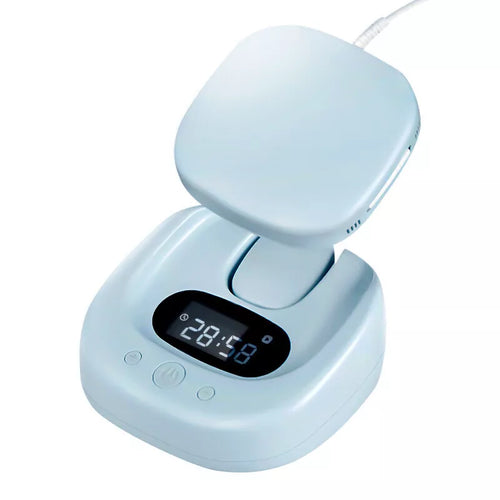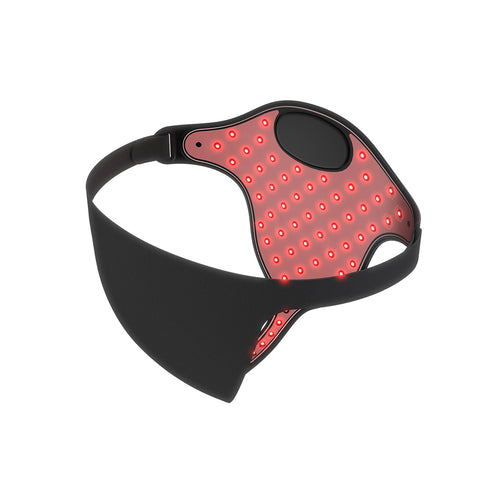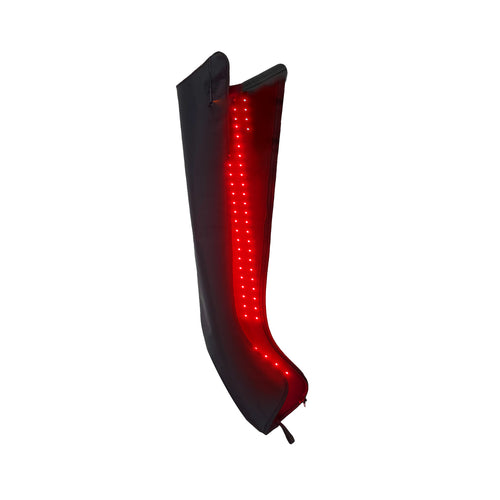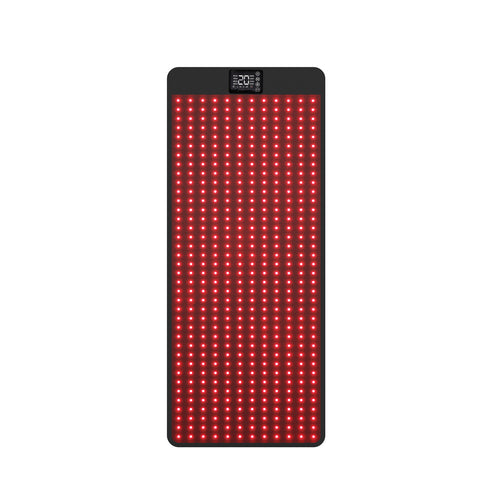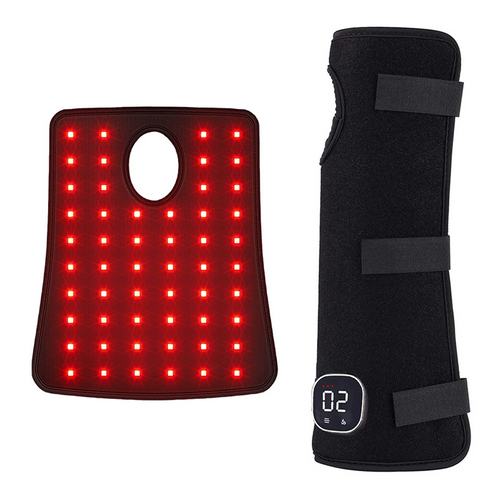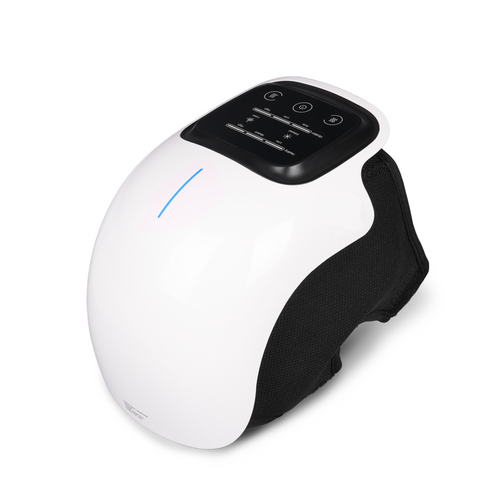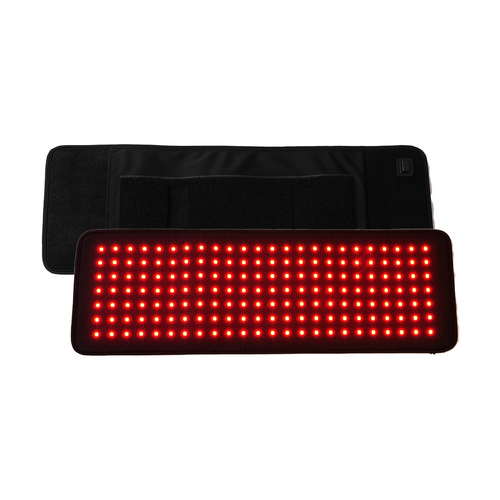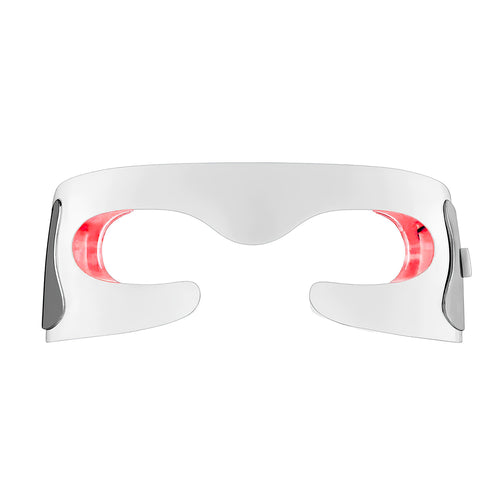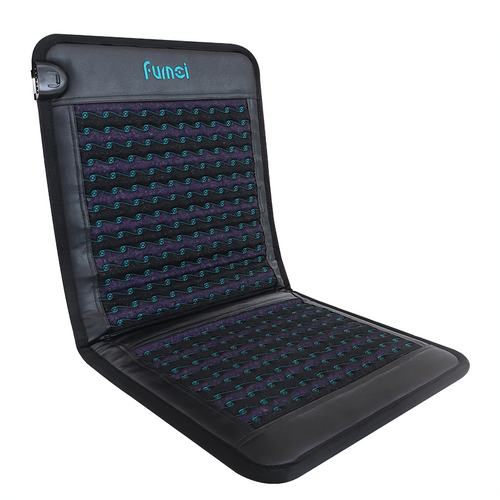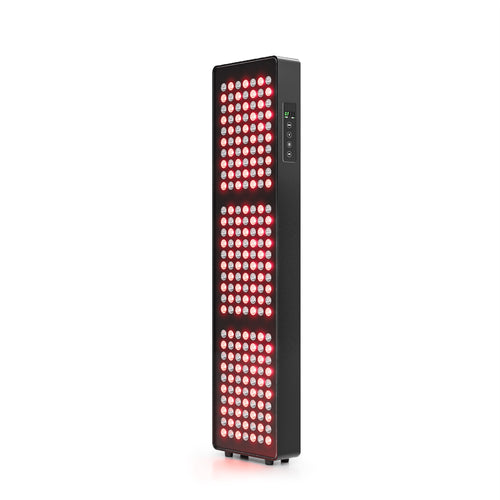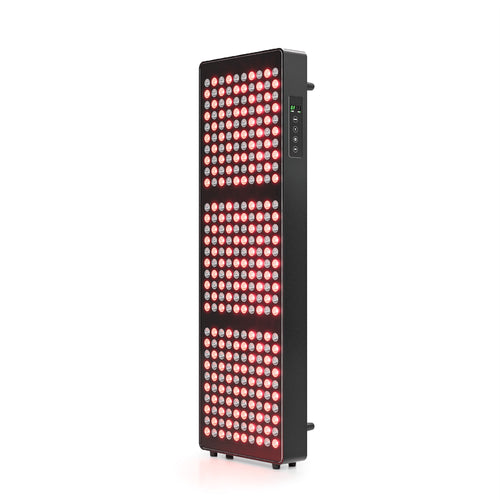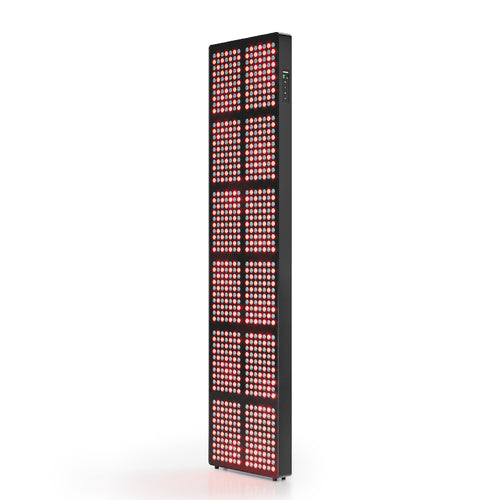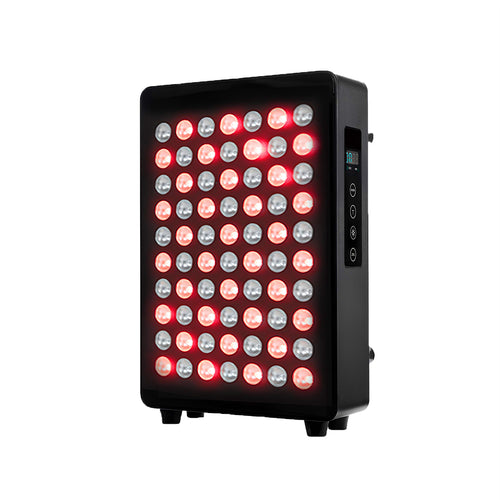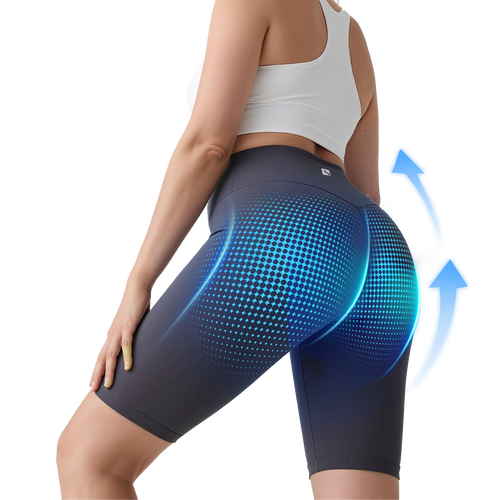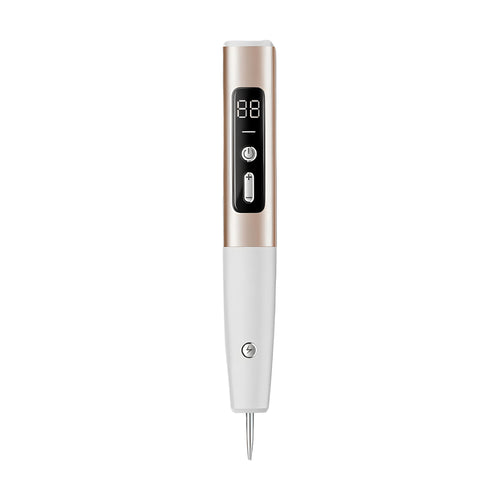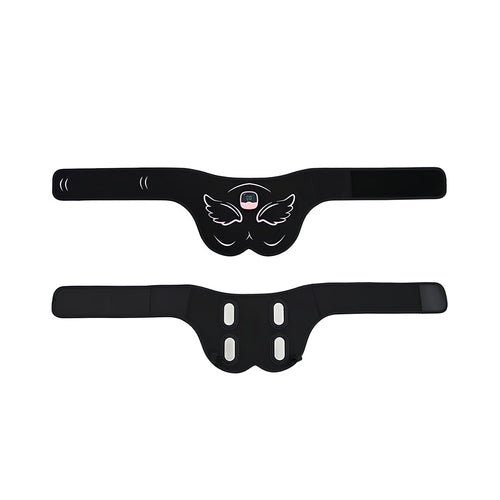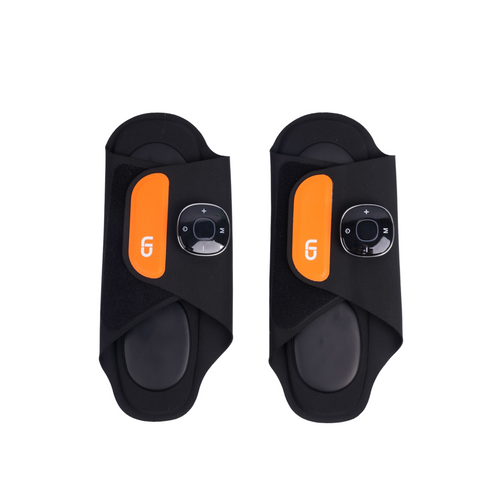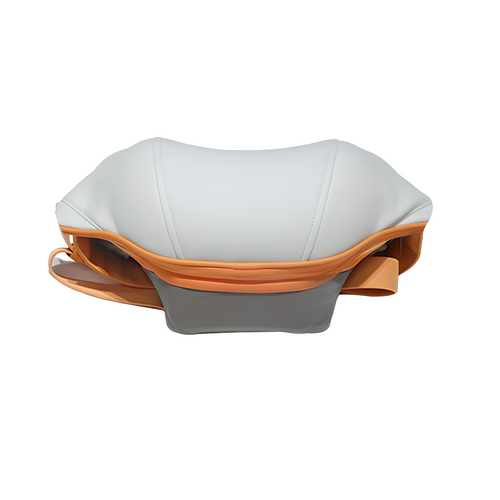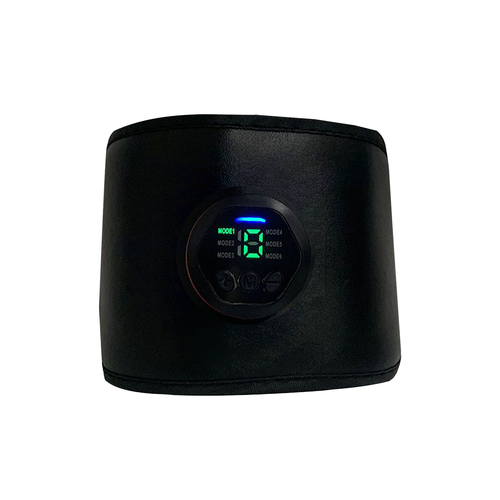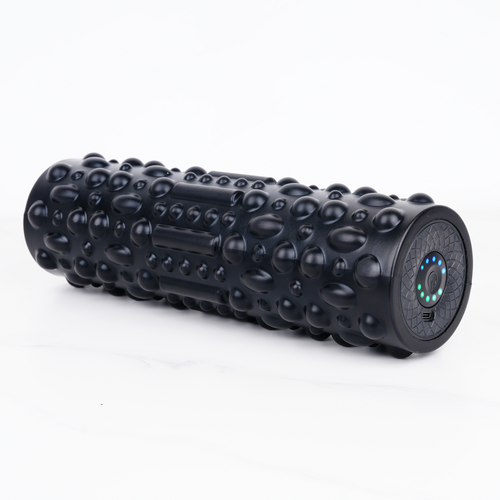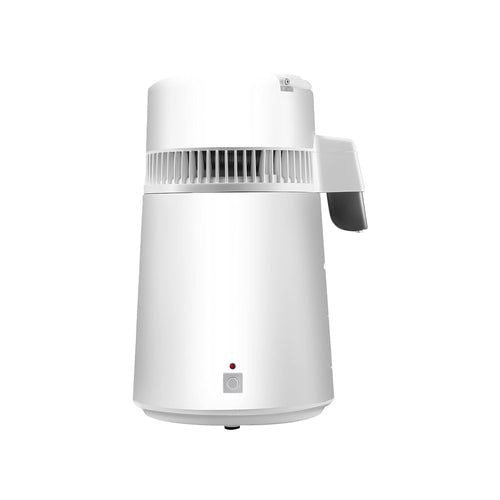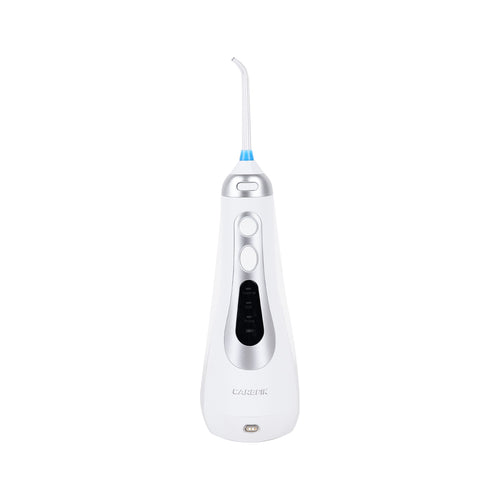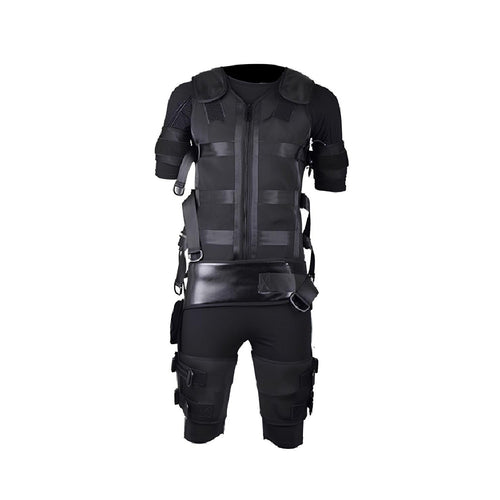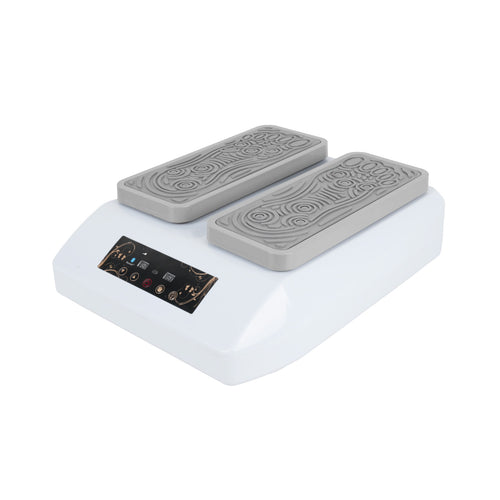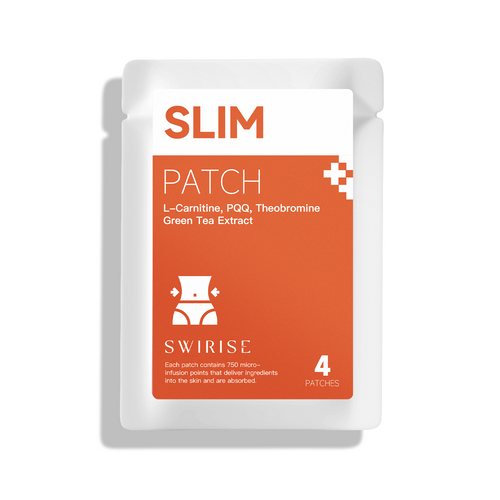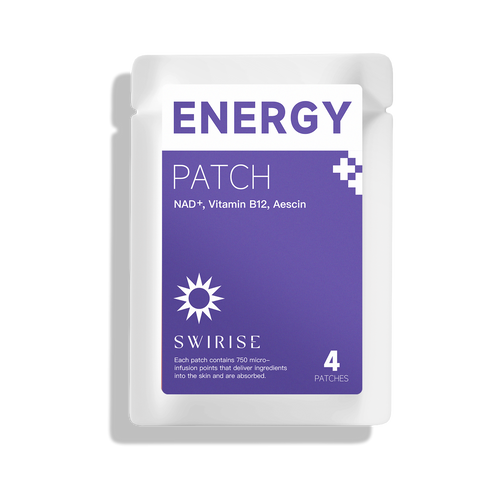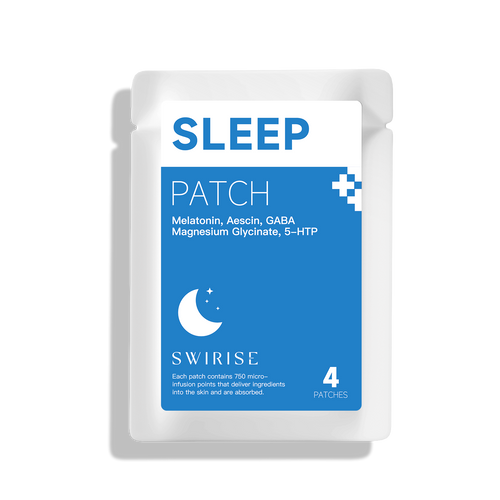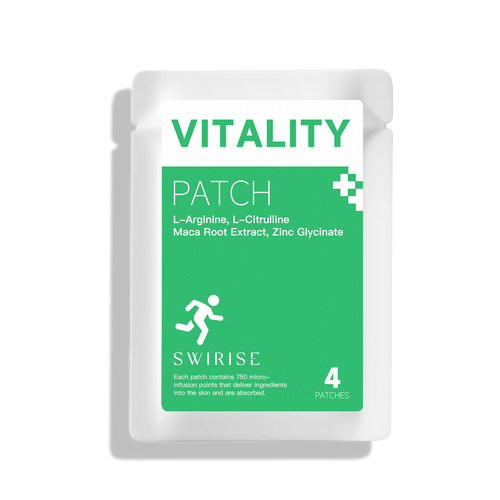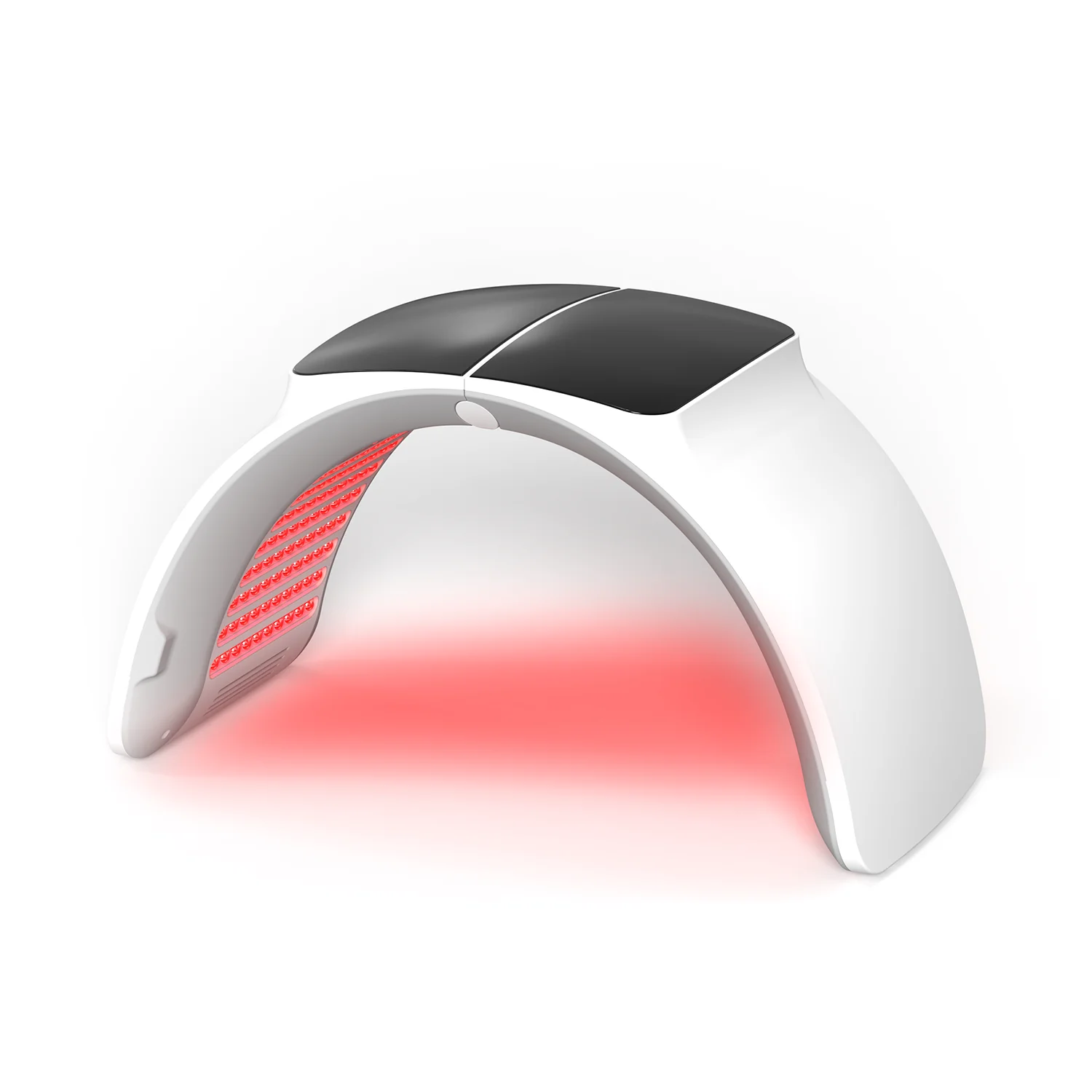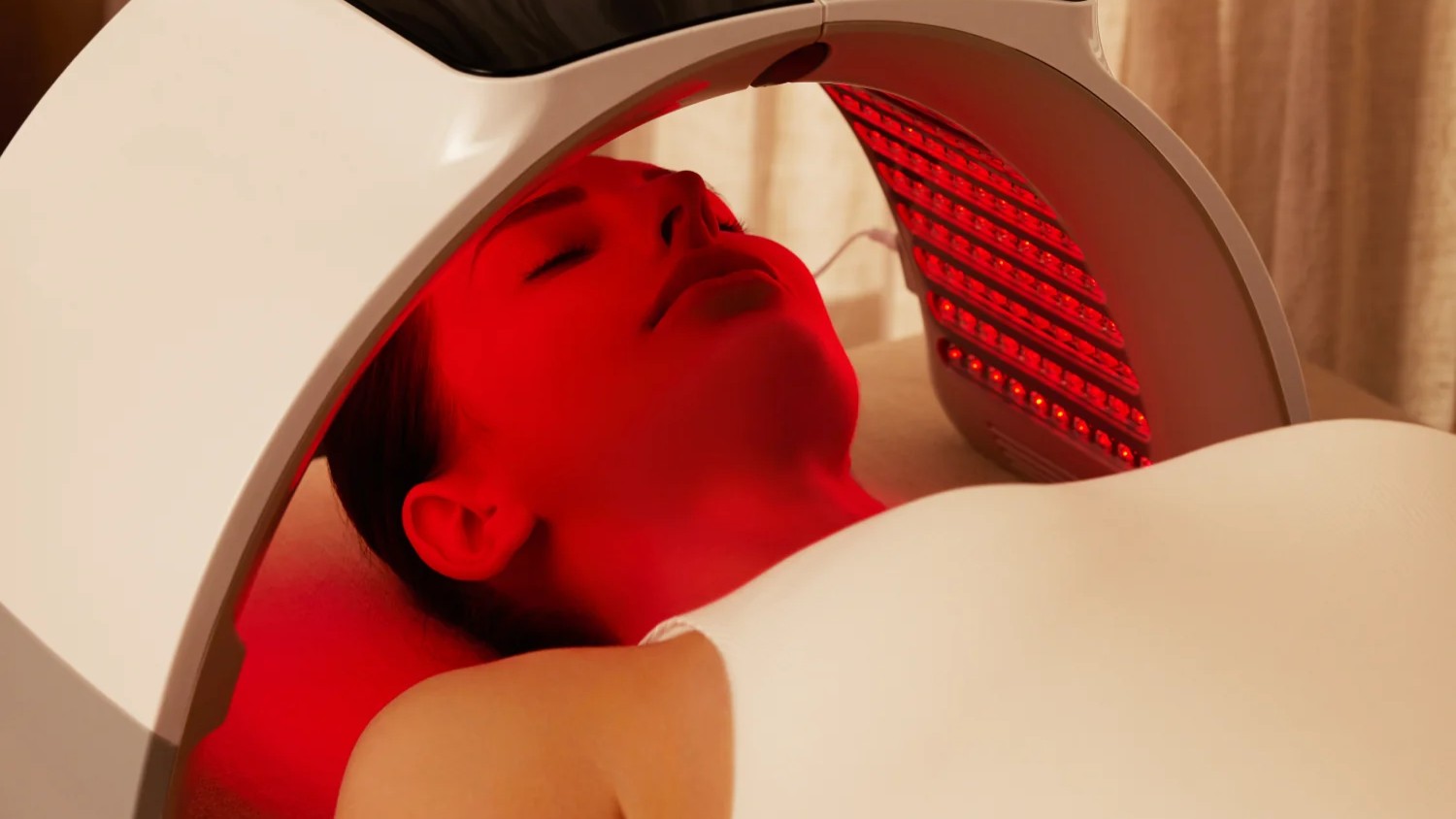
Blue Light Therapy: A Complete Guide
JustinLinIn the world of non-invasive wellness solutions, blue light therapy has emerged as a powerful and science-backed option for improving skin health, enhancing mood, and even assisting with certain medical conditions. While red and near-infrared light therapy often take the spotlight for their deep-penetrating effects, blue light therapy offers unique benefits that are equally essential—especially when combined with other wavelengths in advanced LED light therapy devices.
In this guide, we’ll break down how blue light therapy works, its key benefits, how it is integrated into modern phototherapy tools, and why multi-wavelength synergy—like that found in Swirise’s LED Light Therapy Device—is reshaping the future of light-based wellness.
What Is Blue Light Therapy?
Blue light therapy refers to the therapeutic use of visible blue wavelengths—typically in the 400–495nm range—to target surface-level skin concerns and support the body's natural biological rhythms. Unlike red or infrared light, which penetrates deeper into the tissues, blue light stays close to the skin’s surface, making it ideal for treating conditions such as acne and inflammation.
Blue light is classified as high-energy visible (HEV) light, and while excessive exposure from screens can disrupt sleep, controlled doses from therapeutic devices can produce powerful skin and mood-enhancing results.
Key Benefits of Blue Light Therapy
- Acne Control & Skin Clarity
Blue light is known to target acne-causing bacteria on the skin’s surface, helping to reduce breakouts, inflammation, and oil production without harsh chemicals.
- Regulation of Oil Production
Blue light influences sebaceous glands to reduce excess sebum (oil) production. By balancing oily skin, it helps prevent clogged pores, reducing the risk of blackheads and whiteheads, and promoting a clearer complexion.
- Non-Invasive Antibacterial Properties
Blue light’s ability to neutralize bacteria extends beyond acne—it can support skin healing and sanitation when used properly in cosmetic and clinical settings.
- Mood Enhancement and Circadian Rhythm Support
Morning exposure to blue light helps reset the body’s internal clock by stimulating photoreceptors in the eyes that regulate melatonin production. This can improve alertness, reduce symptoms of Seasonal Affective Disorder (SAD), and support overall mood regulation.
How Blue Light Is Used in Modern LED Therapy Devices
Gone are the days of single-wavelength treatment tools. Today’s most effective light therapy devices combine blue light with red, amber, green, and near-infrared wavelengths for multi-targeted benefits. Blue light’s precise surface action complements deeper-penetrating wavelengths, offering a comprehensive therapeutic experience.
In modern LED therapy devices, blue light is typically included alongside:
- Red light (around 660nm): boosts collagen production and reduces inflammation.
- Near-infrared light (around 850nm): penetrates deeply to support tissue repair and muscle recovery.
- Green and amber wavelengths: used for tone correction and calming effects.
Blue Light + Red Light: A Powerful Duo:
One of the most proven combinations in skincare and wellness is blue and red light therapy. While blue light fights acne-causing bacteria and calms oily skin, red light promotes cellular regeneration, reduces redness, and accelerates healing.
Used together, they form a complete skincare solution:
- Blue light treats the source
It eliminates acne-causing bacteria on the skin surface and regulates sebaceous gland activity to reduce oiliness. This tackles the root causes of acne and skin congestion before they escalate.
- Red light heals the aftermath :
Penetrating deeper into the skin, red light stimulates mitochondrial activity in skin cells, increasing ATP production — the energy needed for cellular repair and collagen synthesis. This process reduces inflammation, soothes redness, and promotes faster healing of acne scars and damaged tissue.
Together, these wavelengths form a complete skincare regimen, offering natural, non-invasive care without the side effects of harsh chemicals or medications.
Swirise LED Light Therapy Device: Full Body Red Light Therapy
The Swirise LED Light Therapy Device is designed to offer exactly this kind of synergistic experience. With 7 optimized wavelengths, including blue, red, near-infrared, and other targeted spectra, it delivers a comprehensive and customizable approach to skin and wellness care through full body red light therapy.
Key Specifications:
- Number of LEDs: 200
- Irradiance: 100mW/cm² (high enough for clinical-level effectiveness)
- Wavelengths Included: 420nm, 480nm, 535nm, 595nm, 605nm, 660nm, 850nm,
This diverse spectrum enables users to address multiple concerns—acne, aging, inflammation, dullness—within a single daily session. The integration of blue light therapy ensures that surface-level issues are not overlooked in pursuit of deep tissue results, making it an ideal solution for those seeking effective full body red light therapy benefits.
Addressing Concerns: Why Is Blue Light Included Despite Potential Risks?
Some people worry about the potential harmful effects of blue light, especially due to its association with eye strain, sleep disruption, and skin damage from excessive screen exposure. However, it’s important to understand why blue light is still a key component in many light therapy products:
- Controlled Dosage and Wavelengths: Therapeutic devices use specific wavelengths and intensities that are carefully calibrated for safety and effectiveness, very different from uncontrolled exposure from screens or sunlight.
- Targeted Application: Blue light therapy is applied in short, timed sessions designed to minimize any risk while maximizing skin benefits.
- No UV Radiation: Unlike harmful UV rays, blue light in therapy devices is within the visible spectrum and does not cause DNA damage or increase skin cancer risk.
- Protective Measures: Most devices recommend or include eye protection to avoid direct retinal exposure.
- Clinical Backing: Blue light therapy has been approved and widely adopted in dermatology for treating acne and skin conditions with minimal side effects.
- Synergistic Use: When combined with other wavelengths, blue light’s potential risks are mitigated while enhancing overall therapeutic results.
Conclusion: Why Blue Light Deserves a Place in Your Routine
Blue light therapy is not just a trend— it's a scientifically validated method to enhance skin clarity, regulate oil, and improve mood. And when it's combined with red, near-infrared, and other wavelengths in advanced devices like the Swirise LED Light Therapy Device, the results are amplified, offering full-spectrum support for real-world skincare and wellness needs.
Whether you're targeting acne, looking for a brighter complexion, or simply exploring non-invasive self-care, blue light therapy is a powerful place to begin.

